Overclocking

4.6 GHz across all cores is usually the limit with our Core i9-7900X, and our retail sample needs a relatively frugal amount of power to get there too. We usually see results lower than what we achieved here, which was 1.18V, but that's actually the same as MSI's X299 Tomahawk Arctic, which is the last X299 board we looked at a couple of months ago.
As usual, temperatures were the main issue here, but while there might be scope for a higher overclock using better cooling than our AIO liquid-cooler, the power circuitry heatsink on the X299M Gaming Pro Carbon AC did get pretty toasty when stress testing.
Performance Analysis
As per usual, there weren't too many stand-out features with the X299M Gaming Pro Carbon AC with solid results in the content creation benchmarks and overclocked scores that match the rest of the boards on test too. For example, the overclock saw the Terragen 4 rendering time drop from 138 seconds to 125 seconds and the Cinebench score rise from 2,201 to 2,454 - both healthy performance gains.
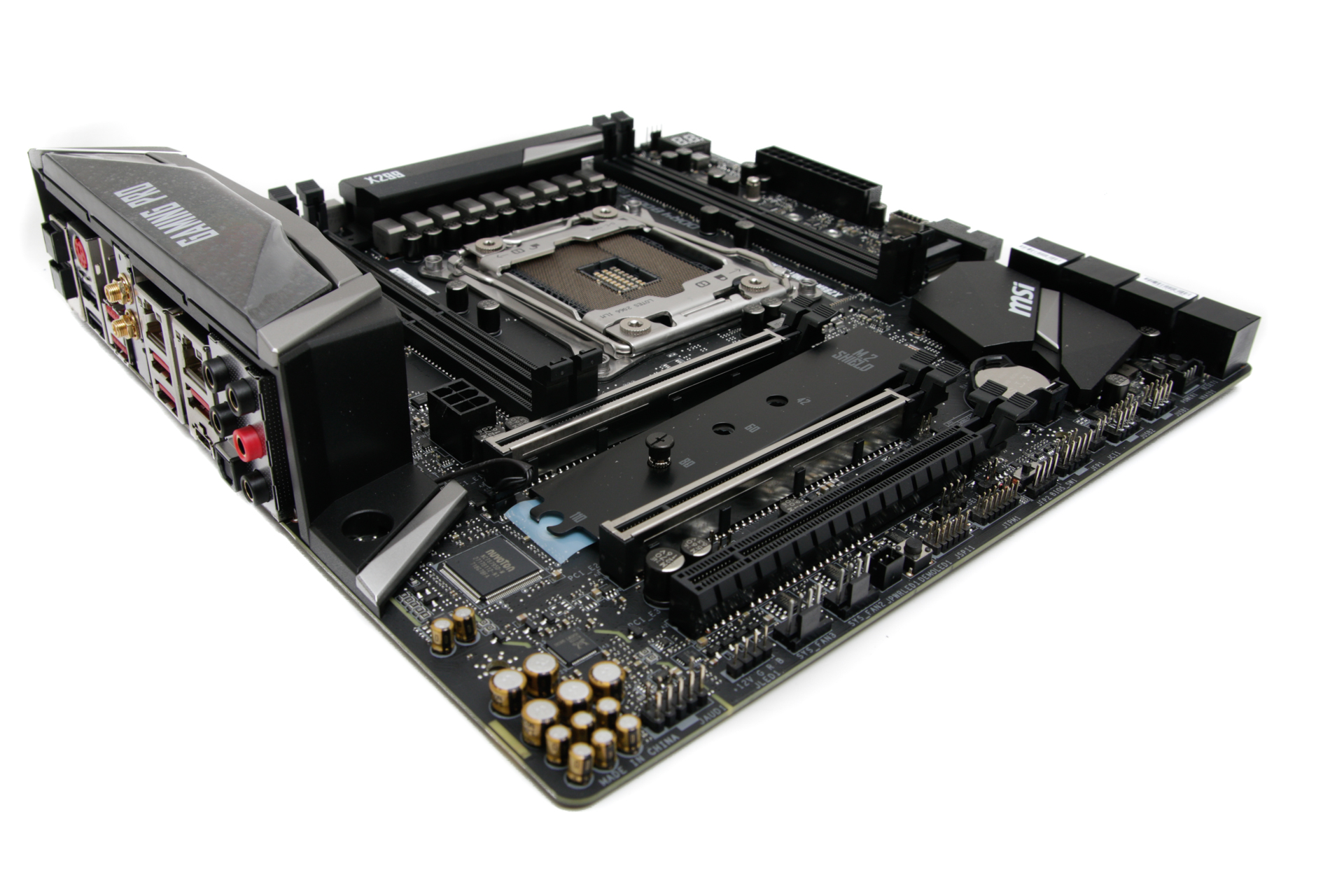
Again, this isn't MSI's fault, it's just the limitation of micro-ATX (unless you have one of the rare boards with a lowest PCIe x16 slot and the necessary case to accommodate it), and if you're just running a single card or water-cooling your two GPUs then you'll be fine. There's also the third PCIe x16 slot to consider as well, which is limited to x8 speed but is definitely handy for spacing a second expansion card away from air-cooled GPUs.
Otherwise, performance elsewhere is on the money, with a particularly quick M.2 write speed, solid SATA 6Gbps numbers, and some of the best audio performance we've seen this year too. Power consumption was reasonable, although the higher vcore needed to get to 4.6GHz saw the highest power draw we've seen at 412W under full load, which no doubt explains why certain components on the PCB were very hot after stress testing.
Conclusion
With Asus, ASRock, and Gigabyte seemingly absent from the micro-ATX X299 scene - a shame as the latter two produced some excellent boards in this category for LGA 2011/X99 - it's down to the board we're looking at here, plus the cheaper X299M-A Pro and one from EVGA. Thankfully, except the usual cramped conditions facing two-way GPU setups, the MSI X299M Gaming Pro Carbon AC is a stunning motherboard that overclocks with the best we've seen. It has all the bells and whistles in terms of features including Wi-Fi, dual M.2 ports, overclocking and testing tools, plenty of fan headers, USB 3.1 support, and a handy eight SATA ports.
If you'll be using a single GPU (probably what we'd recommend in any event) or water-cooling a pair of cards, and plan on a high-end compact, space-saving micro-ATX system, this is the board you need.


MSI MPG Velox 100R Chassis Review
October 14 2021 | 15:04

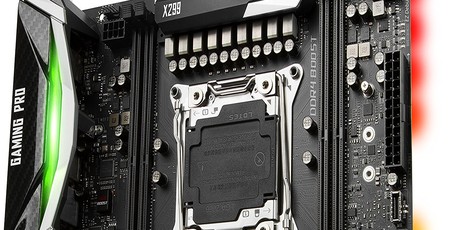
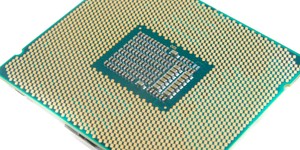
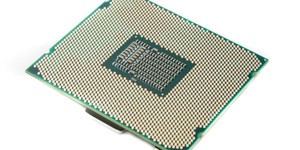
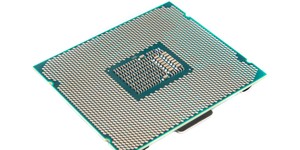





Want to comment? Please log in.